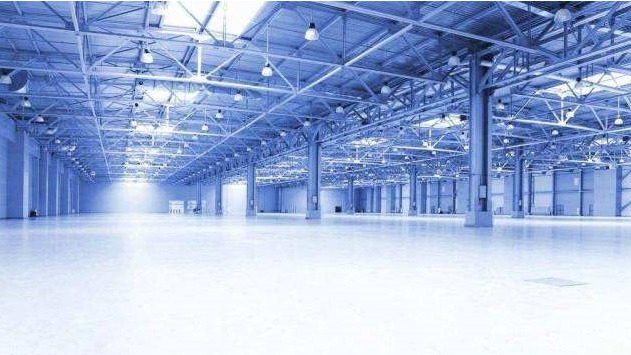After the listing of Xiaomi on the Hong Kong Stock Exchange in 2018, the company also successfully listed on Nasdaq. Standing on the cusp of the Internet economy era, pigs can fly. In recent years, the "sharing economy" boom has been overwhelming and penetrated into every corner of national life. Common people can often see in life: shared bicycles, shared charging treasures, shared basketball and so on. The sharing economy essentially integrates idle resources and each benefits from an economic dividend. Investors want to squeeze into the "shared economy", and a variety of shared products emerge in an endless stream. This hot air has also hit the manufacturing field, and there has been a "shared factory."
There are not many authoritative interpretations of the “shared factories†on the Internet, but the soft texts with the title “Share Factory Impacts on the Real Economy†are emerging one after another. What is the “shared factory�

As mentioned above, the “sharing economy†essentially integrates idle resources. Through existing shared products: shared bicycles, shared charging treasures, etc., it can be intuitively seen that some people’s needs are concentrated and unified. It’s up. For example, renting a house or other items is a use of idle resources, which is also a prototype of sharing.
So what is the shared factory like? How does it work?
The emergence of shared factories must have some effective ways to circumvent the ills of traditional factories.
The shortcomings to be avoided in the shared factory mainly exist in the relationship between supply and demand. The demand of the market will fluctuate constantly during the year, but the scale of production of the factory is difficult to adapt to this flexible change. For example, when the market demand is strong, all the equipment in the whole plant can be started. When the demand is at a low level, the factory has two choices - one is to continue to maintain 100% equipment utilization and ensure high output; the other is to control the production line. , reduce output. The first choice is bound to lead to overstocking, unless your marketing tools are strong enough to ignore competition, and low-demand periods can still be high-yield and high-selling. The second option will cause the production line to be idle.
Everyone is not willing to take the risk of overstocking, and can only choose to spare some resources. The emergence of a shared factory just happens to solve the problem of idle lines. The scale of the various factories in the same industry is very different, and the export capacity of each factory varies widely. Renting the factory's idle production line or picking up orders from peers can effectively improve the utilization of resources and positively promote the resource integration of the entire manufacturing industry.
It can be seen that the production of the shared factory is determined by the demand. Under the sharing mode, it is bound to raise personalized custom production. For example, I have a small batch of customized product customization requirements, but there is no production resources such as production equipment at hand. Share the factory to get the production equipment to meet the needs of self-production.
Although there are many uncontrollable small problems in the shared factory model, such as uneven production quality, in general, the future prospects of the shared factory model are objective, and the driving force for the development of the manufacturing industry cannot be underestimated. Standing at the forefront of innovation, always pay attention to industry trends, beware of missed opportunities for development.
We specialize in the production and export of chemicals which are used for a wide range of applications in the feed, Fertilizer , food, industrial and Water Treatment fields. Our commitment to regulatory compliance and extensive product and supply qualification process give our customer.We also offer a few Other Chemicals used in different industries and applications, such as Hydroxypropyl Methyl Cellulose HPMC, sodium chlorate, sodium bisulfate, Strontium Carbonate, Barium Chloride , Ammonium Persulphate Potassium Persulfate Sodium Persulfate and so on.
1. HPMC application:
Construction industry.
Cosmetic&Personal Care.
Paint industry.
Detergents.
Oilfield industry.
Pharmaceutical materials.
Food additives
Polymerization.
Special application.
2. Sodium Bisulfate Application:
It is used as PH modifying agent to replace vitriol, and used as detergent for ceramic, marble and toilet, or used as pretreatment agent for acid washing and plating coating. It is also applied in bleaching agent, leather, dyeing auxiliary
3. Package: 25kg/bag
Other Chemicals
Strontium Carbonate,Barium Chloride,Hydroxypropyl Methyl Cellulose,Ammonium Persulphate,Potassium Persulfate,Sodium Persulfate
Gemhold (SJZ) Trading Co., Ltd. , https://www.gemhold.cn
![<?echo $_SERVER['SERVER_NAME'];?>](/template/twentyseventeen/skin/images/header.jpg)